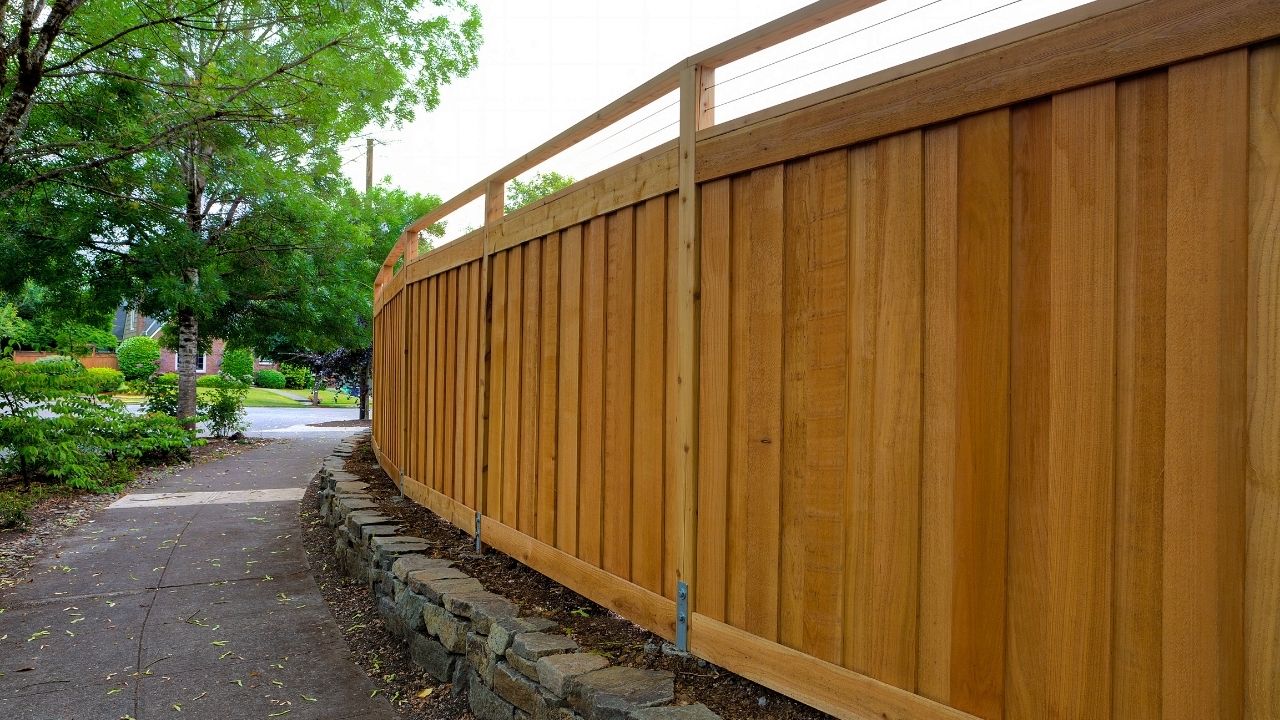
A biscuit jointer is a tool used to join pieces and wood together. The saw blade of the joiner cuts a groove in the wood and inserts the compressed wood biscuits. These biscuits expand when glue is applied. A biscuit joiner is most commonly used to attach panels to the edge. Norm abram glues his panels with a biscuit joininger.
You can cut grooves with a biscuit joiner if you are making cabinets. Most biscuits can be cut into grooves in sizes between 1-3/4 inches and 5/8 inches. A smaller biscuit joiner, with a 2-inch blade, is ideal for smaller projects. Using a biscuit joiner for cabinet face frames will also reinforce the weak end-grain joints. A larger size is better if you are using a biscuit jointer for a large-scale job.
Use a biscuit jointer by aligning the biscuit jointer with your layout line. You should ensure that the biscuit jointer is flush with your board's surface. After the biscuit glue has dried, the biscuit joiner will slightly bulge. When you place the biscuit joiner onto the face frame, ensure that it is aligned on the board. Push the biscuit joiner to stop.
A biscuit joiner has the advantage of being easy to use, making strong joints that are solid and sturdy. Although biscuit joints can be stronger than conventional joinery, they are still strong enough to be used for everyday use. These joints are not recommended for heavy-duty use, but they are strong enough to make cabinets. It's easy to use and can be hidden. A biscuit joiner is available in both thick and thin wood.

FAQ
How long does it take for a home to be renovated?
It depends on how large the project is, and how long you spend on it each day. The average homeowner spends between three to six hours per week on the project.
How much does it cost to renovate a house?
Renovations cost typically $5,000 to $50,000. Most homeowners spend between $10,000-$20,000 on renovations.
What room should I remodel first?
The heart of any home's kitchen is its kitchen. It is where you spend most time, whether it be cooking, entertaining or relaxing. Start looking for ways that you can make your kitchen functional and more attractive.
The bathroom is an important part of any house. It is a place where you can feel at ease and privacy as you perform daily tasks such as brushing teeth, bathing, shaving, and getting ready for sleep. This will make these rooms more functional and beautiful.
Statistics
- On jumbo loans of more than $636,150, you'll be able to borrow up to 80% of the home's completed value. (kiplinger.com)
- Rather, allot 10% to 15% for a contingency fund to pay for unexpected construction issues. (kiplinger.com)
- A final payment of, say, 5% to 10% will be due when the space is livable and usable (your contract probably will say "substantial completion"). (kiplinger.com)
- It is advisable, however, to have a contingency of 10–20 per cent to allow for the unexpected expenses that can arise when renovating older homes. (realhomes.com)
- Design-builders may ask for a down payment of up to 25% or 33% of the job cost, says the NARI. (kiplinger.com)
External Links
How To
What amount should I spend to restore my old house?
How many rooms you wish to renovate, the type of renovations that you are planning, where you live and whether you hire professionals or yourself will all affect how much it costs. The average cost for renovations is $10,000 to $50,000 depending on how large and complex the project.
If you are planning on selling your home after the renovation, it is likely that you will receive less than the market price if you do not account for the costs of repairs, improvements, and upgrades. If you don't put enough effort into your home before it sells, you could even lose money. If you put enough effort into making your home look great, it will increase the price you receive when you sell it.
Consider these factors to help you decide which project to tackle first.
-
Your budget. You can start small if you have limited funds. One room can be tackled at a time such as painting walls or changing flooring. Or you can hire a contractor who specializes in kitchen remodeling to make some major changes without spending a lot of cash.
-
Priorities. You decide what you are going to do with your home. One issue can become a major problem quickly, so it's important to choose a single area. If your roof leaks when it rains, it might be necessary to have it replaced sooner than you think.
-
Your timeline. If you're thinking about buying another property soon, you might want to prioritize those projects that won't affect the resale value of your current home. For instance, if your goal is to purchase a new property next year, it might be a good idea to wait to install hardwood floors or to replace bathroom fixtures. Instead, you might wait until you move out of your existing home to make those updates.
-
Your skills. If you do not possess the skills required to accomplish a particular project, hire someone else. If you are unable to carpenter custom cabinets, hiring a cabinet maker may be an option.